That is all the National Parks are about. Use, but do no harm

That is all the National Parks are about. Use, but do no harm
Wallace Stegner, a renowned American writer and environmentalist, once famously said, "That is all the National Parks are about. Use, but do no harm." This simple yet profound statement encapsulates the essence of the National Parks system in the United States and the philosophy behind their creation.The National Parks are a treasure trove of natural beauty and biodiversity, encompassing some of the most stunning landscapes and ecosystems in the country. From the towering peaks of Yosemite to the vast expanse of the Grand Canyon, these protected areas serve as a sanctuary for wildlife and a haven for outdoor enthusiasts seeking solace in nature.
However, the National Parks are not just playgrounds for visitors to enjoy at their leisure. They are also fragile ecosystems that require careful stewardship and conservation to ensure their long-term survival. Stegner's words remind us that while it is important to appreciate and utilize these natural wonders, it is equally important to do so in a way that minimizes our impact on the environment.
The concept of "use, but do no harm" is a guiding principle for all who visit the National Parks. It encourages visitors to tread lightly, respect the natural world, and leave no trace of their presence behind. This means following park rules and regulations, staying on designated trails, and refraining from activities that could damage the delicate balance of the ecosystem.
Stegner's words also speak to the broader issue of conservation and environmental stewardship. As human activity continues to encroach on wild spaces and threaten biodiversity, it is more important than ever to protect and preserve our natural heritage. The National Parks serve as a reminder of the beauty and fragility of the natural world, and the need to safeguard it for future generations.

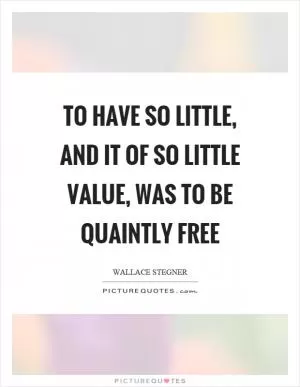
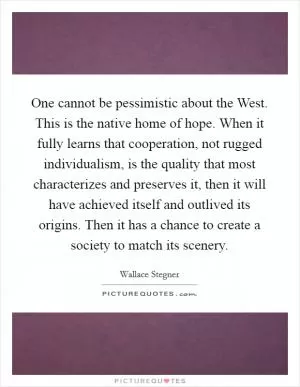
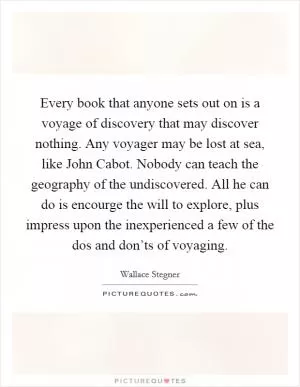
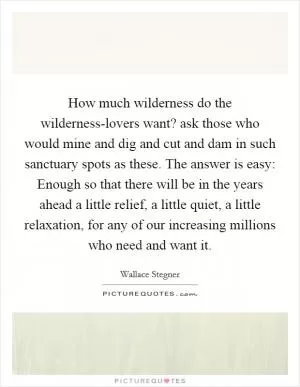


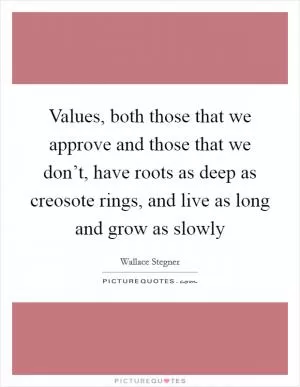

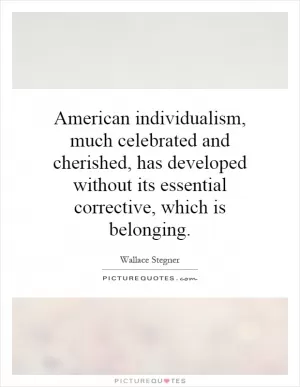


 Friendship Quotes
Friendship Quotes Love Quotes
Love Quotes Life Quotes
Life Quotes Funny Quotes
Funny Quotes Motivational Quotes
Motivational Quotes Inspirational Quotes
Inspirational Quotes